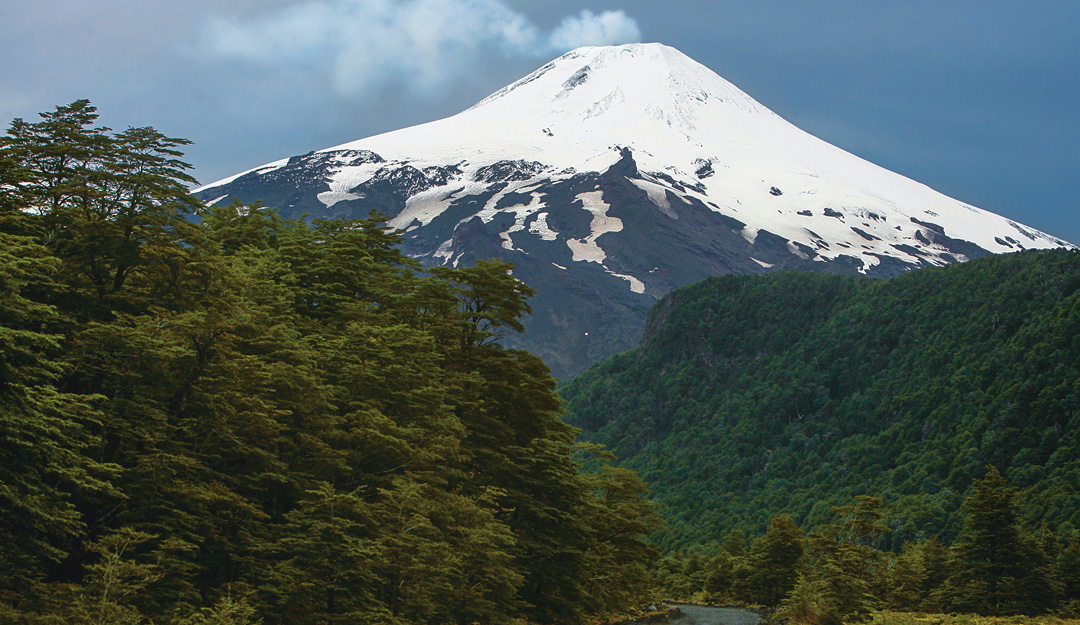
Discover Araucanía with Boragó’s Rodolfo Guzmán
This fairytale land of lakes and volcanoes in Chile is home to some incredible ingredients, as the chef discovered
Rodolfo Guzmán, the patron chef at Boragó – Chile’s foremost restaurant – has travelled all over his homeland, to uncover and at times rediscover uniquely Chilean cuisine.
He doesn’t purposefully seek out stunningly beautiful locales; it just so happens that the places with the rarest, tastiest flora and fauna are often breath taking. Take, for example, the country’s Araucanía region – home to the monkey puzzle tree, and much more besides.
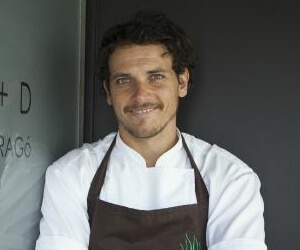
“For those who haven’t visited it, Araucanía is an unimaginable place,” says Guzmán in his new book Boragó. “This is the region where the Mapuche people developed their fascinating culture over thousands of years. From east to west, Araucanía is characterized by its coastal plains, the coastal mountain range, the intermediate depression, and the Andes mountain range. There are three large rivers: the Toltén, Imperial, and Bío-Bío. In addition, the area is home to a number of lakes, as well as two of the most active volcanoes of Latin America: Llaima and Villarrica. The sights seem to be taken straight from a fairy tale.”
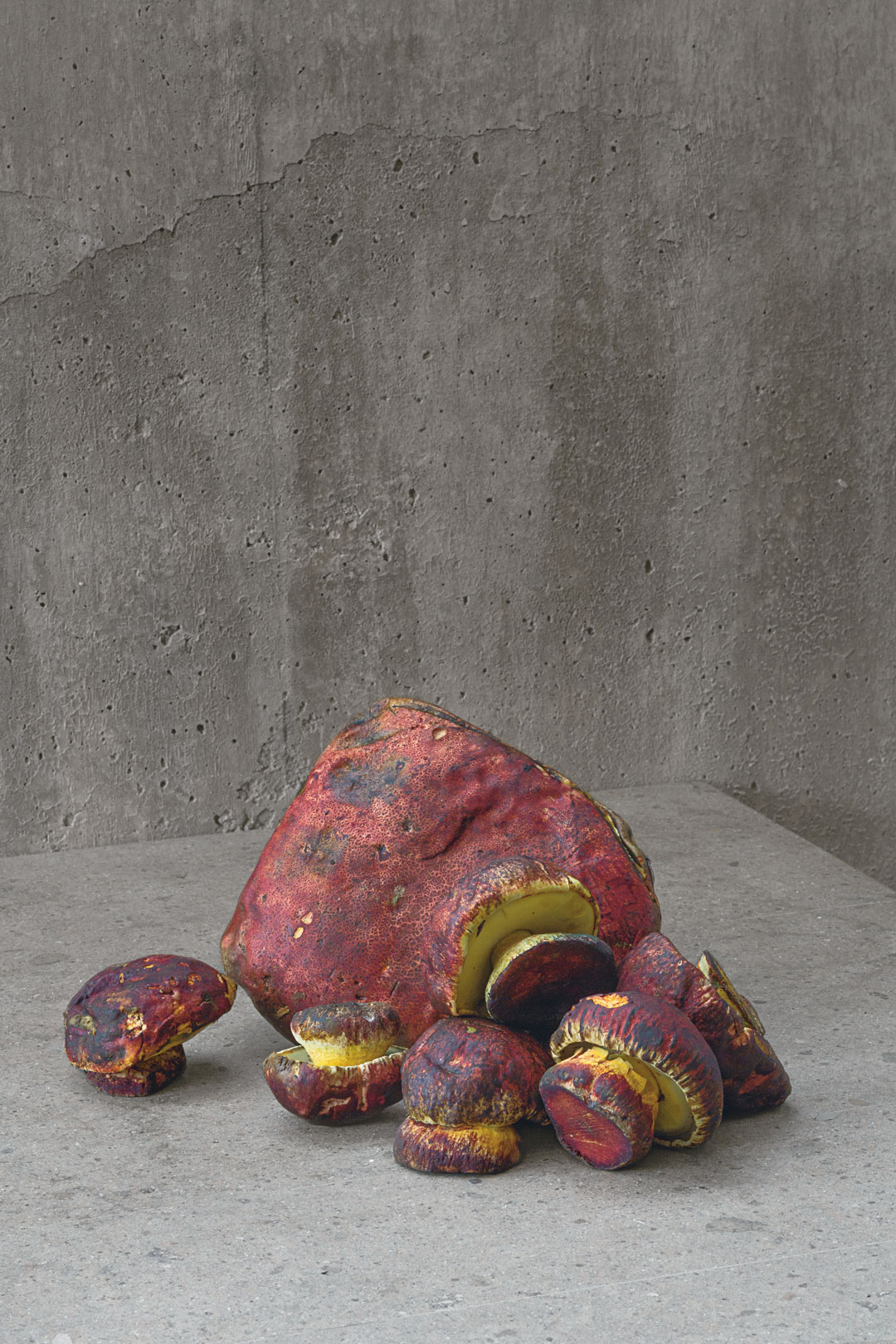
“In this part of Chile there are an enormous number of endemic plants, thanks to the richness of the soil. A large portion of them are used as both food and medicine. A variety of shrubs, plants, lichen, moss, and giant ferns grow abundantly in the humid climate. Even though jungle-like forests are characteristic of the area, there are places with drier conditions that are protected by the Nahuelbuta mountain range, which acts as a climate screen and allows the existence of the rain forest.”
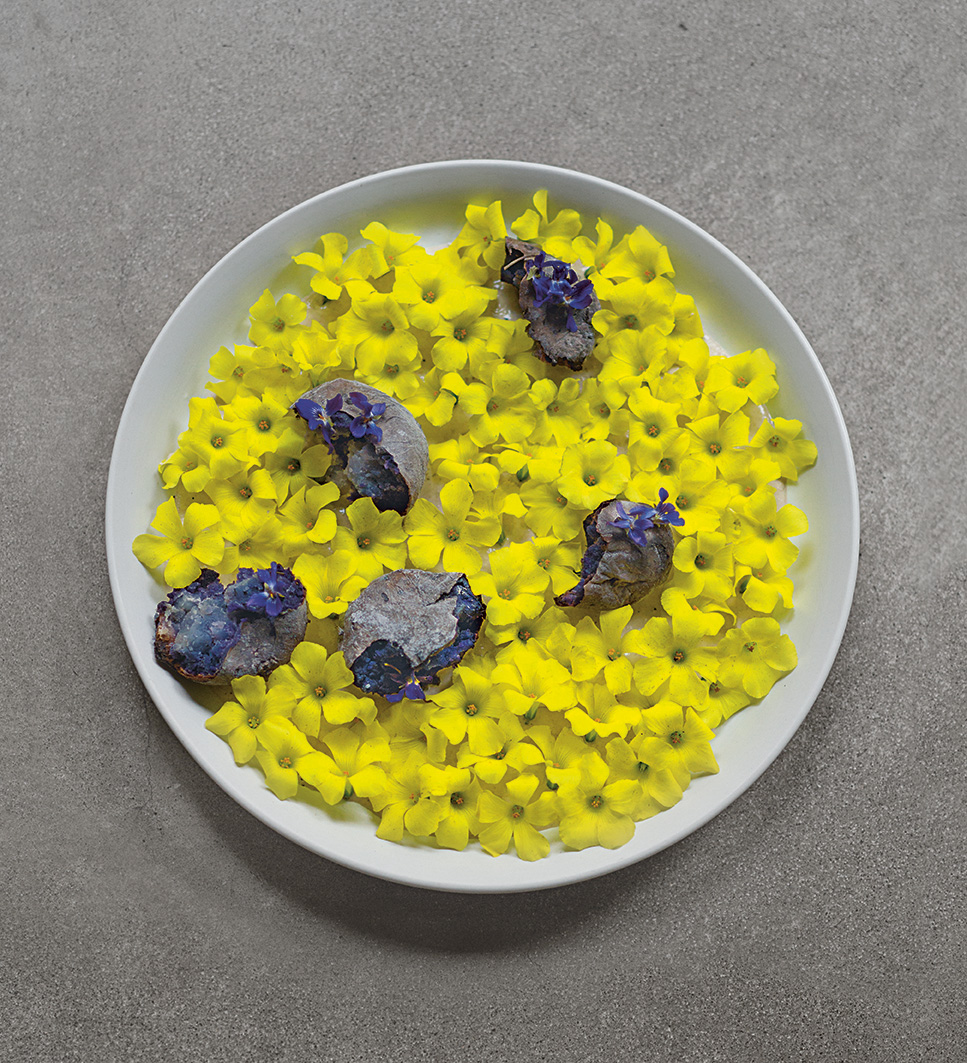
Here, Guzmán uncovered such delights as the Witch potato, which turns an intense violet colour when cooked; black luga, a type of algae that becomes like al-dente pasta when heated; a brightly coloured Chilean hazelnut; and the equally striking loyo mushroom. “Bright yellow, loyos have a smooth and meaty texture,” explains the chef. “The bigger they are, the more delicate their texture becomes, yet the more intense their flavor becomes.” Boragó’s forager has been tasked with finding a ready supply of these fungi, so the restaurant can serve steamed, caramelised and grilled loyos all year ‘round.
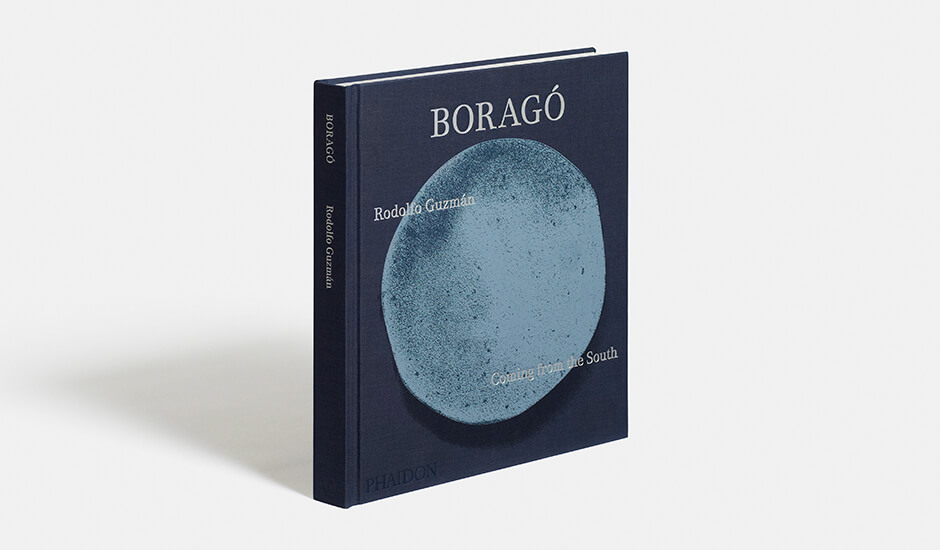
For a wider gastronomic guide to Chile and its seemingly infinite culinary possibilities, order a copy of Boragó here.